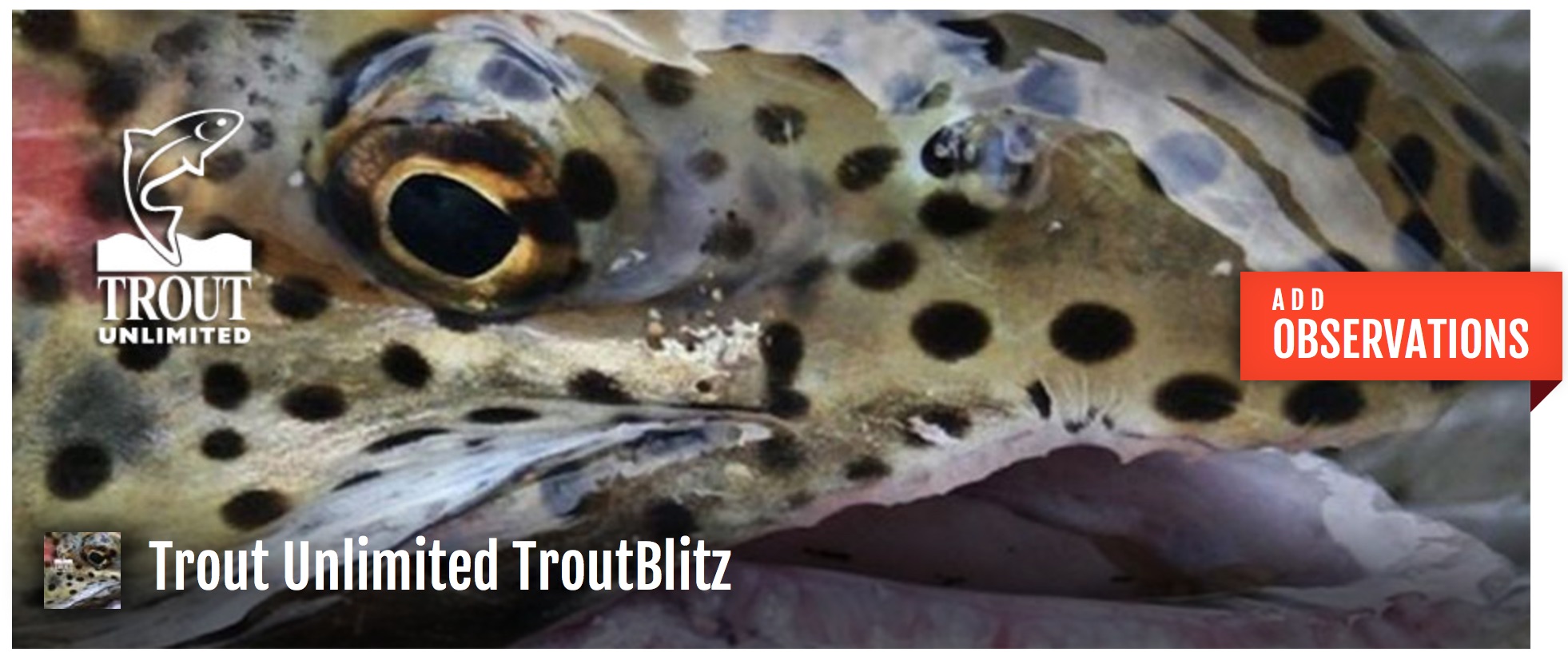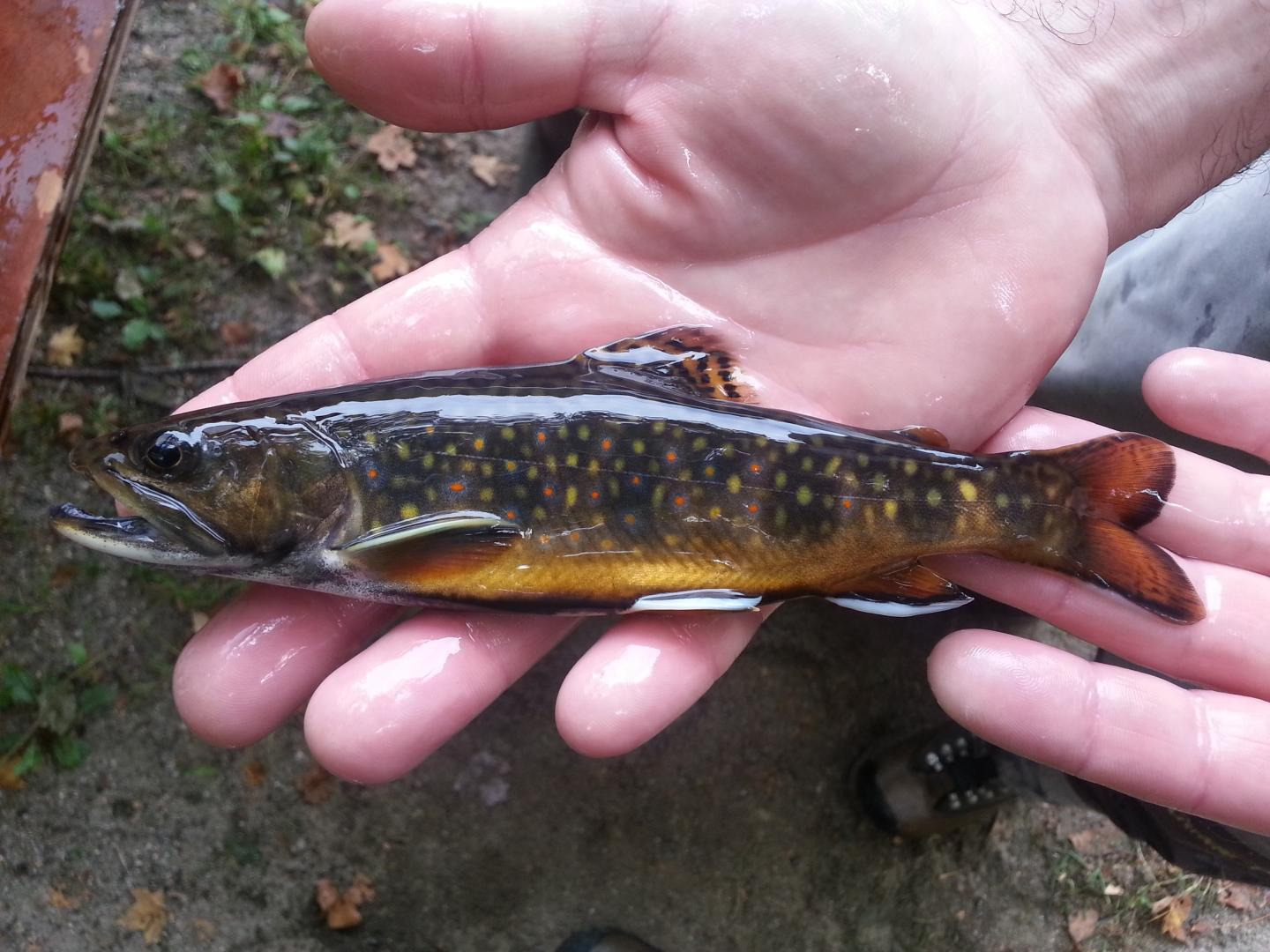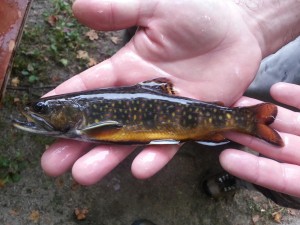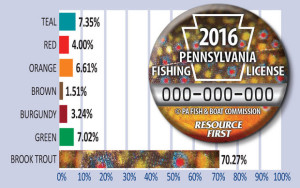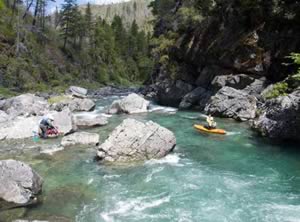I really hate getting on the soapbox about environmental stuff. But… I really hate this crap even more.
Omega Protein Corporation, the company that has become expert at overfishing menhaden, the main forage species of saltwater gamefish on east coast, is an oozing sore. This article highlights just the latest problem with their operations. And the politicians in our state of Virginia are in the company’s pockets:
[Governor] McAuliffe, like many other public officials in Virginia, has benefited from Omega, receiving $25,000 in 2014 for the governor-elect’s inaugural committee, according to vpap.org. In all, the company has contributed $385,749 to the campaigns of Virginia candidates.
That matters because Virginia’s menhaden fishery is controlled by the General Assembly rather than by regulators, as all other saltwater fish are. Virginia is the only state on the Atlantic coast where lawmakers manage the menhaden fishery.
I have not read a single quote from a Virginia politician speaking out against this company. And no wonder, given how much Omega gives our lawmakers. Omega also spends quite a bit on lobbying. If I’m reading this page correctly (based on their methodology description), for the second quarter of 2014 the company spent $3.3 million on lobbying. That may not compare to, say, the pharmaceutical industry (which might spend ten times more), but it is not a small sum for a company that grinds up fish for nutritional, industrial and agricultural products.
These guys have also spent time on respectable activities like trying to change the science that determines how many menhaden are in the sea, threatening layoffs if menhaden quotas are limited, and almost comically, controlling the Executive Director of the Atlantic States Marine Fisheries Council like a puppet (read the whole article — all of it is startling).
Meanwhile, menhaden, The Most Important Fish in the Sea, are getting wiped out. The growing scarcity of this prime baitfish is a key factor in the long term decline in stocks of striped bass, bluefish and other predatory gamefish.
Omega Protein couldn’t give a rat’s ass.
So while this has nothing to do with brook trout directly, it is another example of how easy it is to decimate a fishery with nothing but greed. And that has happened throughout the entire range of the native trout of the East since our country was settled. Gluttonous exploitation is a sickness we humans come down with all the time.

